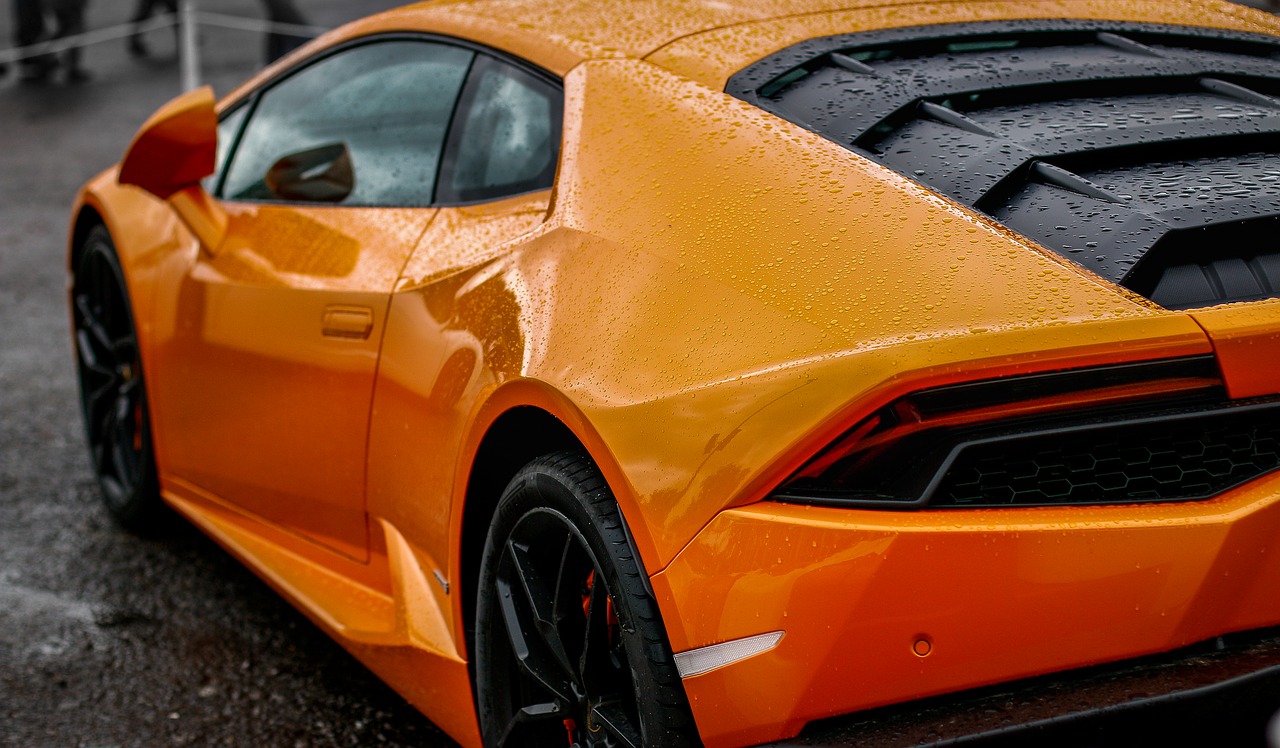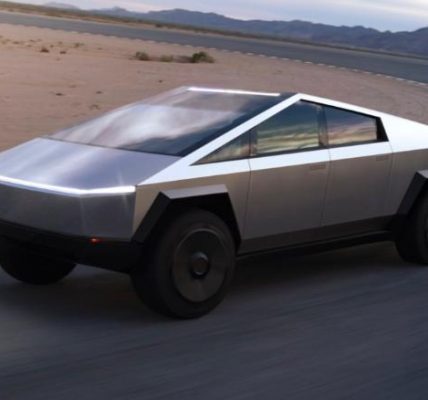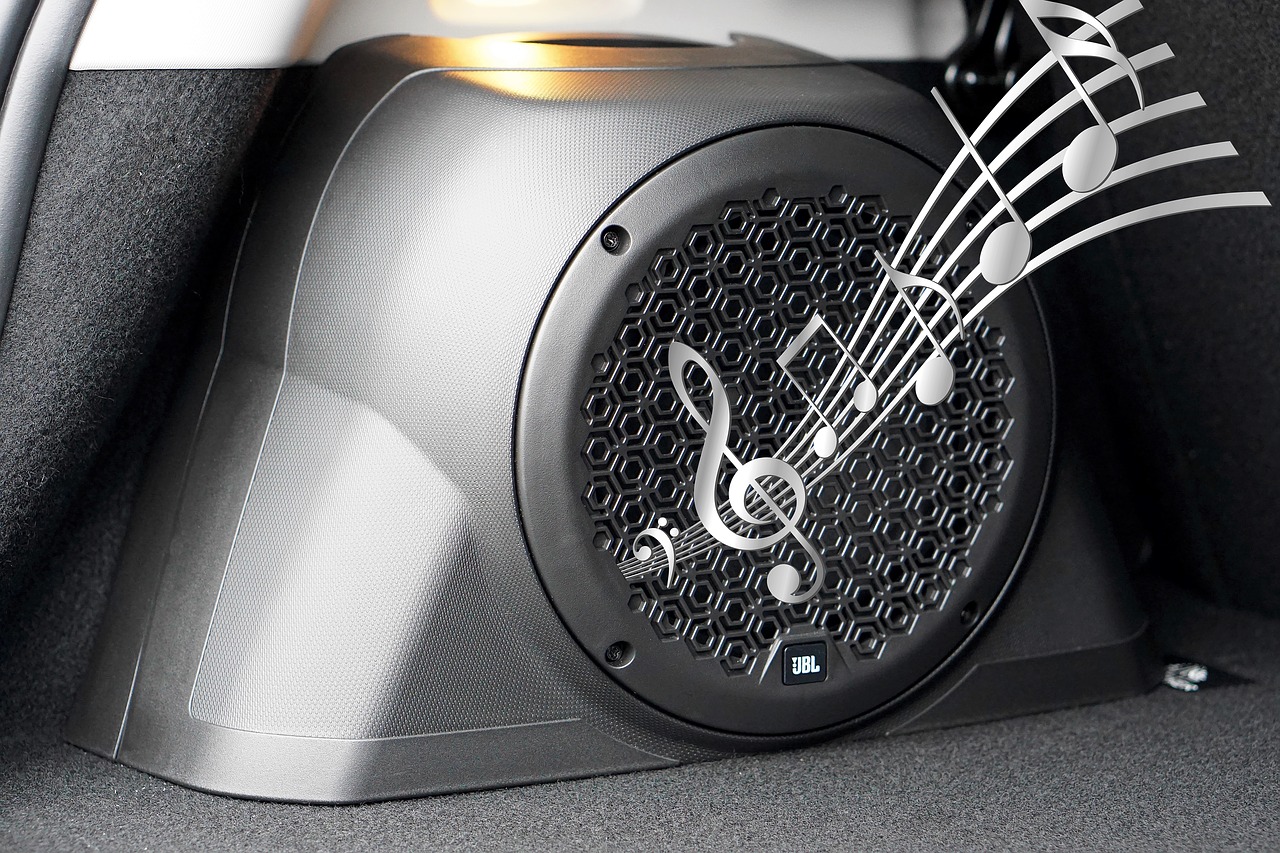
Driving technology is a constantly evolving field, as we strive to produce vehicles which are safer and easier to drive, we are constantly finding innovative technological solutions to achieve this. The rate at which our technological aspirations and capabilities are evolving is quite staggering and is a testament to how seriously manufacturers are taking the possibilities opened up by many of these advances in technology.
Companies like Tesla are continuing to tantalize the market, the industry, and consumers with promises of driverless, autonomous vehicles, and cars which can be driven while having a minimal impact on the environment. In this article, we take a look at some of the technologies that look set to completely transform the future of driving.
Autonomous Vehicles
It seems that all the big names in tech are currently investing in driverless car technologies. These vehicles make use of a number of different technologies, including sophisticated camera and laser arrays, which allow the car to ‘see’ what is around it and to react accordingly. It is hoped that once we perfect driverless technology, we will have cars that are safer to ride in and will hopefully dramatically reduce the number of road accidents that occur globally every year.
Biometric Security
Biometric security was once a thing of science fiction. The ability to design security systems which use biological triggers, such as fingerprints or iris scans, to lock and unlock were, until recently, considered to be futuristic technology. However, we now have these systems on our smartphones as standard and there is an increasing drive to introduce them to other areas. Introducing biometric locking systems into cars could make them much more resistant to theft and will also offer drivers a more convenient way of locking and unlocking their vehicle.
Improved Vehicle Tracking
Both insurance companies and state governments are getting excited about the possibilities that are promised by the addition of more sophisticated vehicle tracking capabilities. Not only will these make recovering lost or stolen vehicles much easier, it will also allow businesses and governments to monitor where their vehicles go and what they do. Insurance companies will also be able to tailor the plans that they offer to customers based on a more precise understanding of their vehicle usage. The diesel trucks discussed on Black Smoke Media are examples of the kind of vehicles which this technology will be mostly used for.
Active Window Displays
Active window displays are a form of heads-up display (HUD) technology, which has come a very long way since the days of dim, green lights on a dashboard. Newer designs for active window displays involve a HUD being projected on to the windows, usually the windshield, of a car in such a way that the driver can still see the road ahead but also has access to a range of information. For example, an arrow could be projected on to the windshield to show drivers where to turn and where to go to reach their destination.
Over the next few years, the technologies listed above look sure to completely transform our approach to driving – and to transport more generally.










![Watch Video Now on xiaohongshu.com [以色列Elevatione perfectio X美容仪 perfectio X 全新仪器黑科技了解下]](https://www.techburgeon.com/wp-content/uploads/2019/07/perfectiox-singapore-150x150.jpg)
